WERC street artist – W3RC
Muralist of duelling dualisms
Artistic beginnings
Jari “WERC” Alvarez (born 1980) is a Mexican-American graffiti and mural artist. He was born in Ciudad Juárez, Mexico, and raised across the border in El Paso, Texas. Growing up in this bicultural environment strongly shaped his art. In the early 2000s, Alvarez immersed himself in graffiti art; about 21 years ago, he became part of the graffiti movement on the El Paso–Juárez border, marking the start of his artistic career. Largely self-taught on the streets, he honed his craft over decades of painting in public spaces, translating border culture and urban life into vibrant spray-painted works.

“Shamanic”
WERC’s artistic career
Alvarez’s talent soon extended beyond West Texas. After two decades of mastering his craft in the borderlands, he eventually relocated to Brooklyn, New York (where he is currently based). In New York he gained renown as a muralist, often collaborating with his partner, Geraldine “GeraLuz” Lozano, on large-scale public art projects aimed at community revitalization. WERC’s murals began appearing not only in Texas and New York but in cities around the world, from California and Peru to England.
Public Artist
Based in NYC, WERC makes commissioned murals worldwide and participates in Street Art festivals. He is insisting on the term “public art” for his murals for the social impact it has.
Collections
His studio-based works have been showcased in galleries and museums, including: Musée de l’Aquitaine France, Museum of Contemporary Art San Diego (MCASD), Chinese American Museum Los Angeles (CAMLA), Museum of Mexico City (MOM), Part of collections at the Getty, Smithsonian American Art Archives, and the Cheech Marin Chicano Art Collection.
Recognition
- Murals ranked in NYC’s Top 10 (2014 & 2015). Named one of NYC’s Top 10 Most Talented Street Artists
- Clients & Commissions: Worked with brands such as: Sony Pictures, Google, Heineken, PANTONE, Bulgari, and San Diego International Airport
- Publications: Featured in books, magazines, and media, including: Mural Art, Artillery Magazine, Graffiti Planet, and more.

Wynwood Miami – Collaboration with Gera Lozano – Feb. 2015
WERC influences and statement
He is all about duality: Mexican and American, ancient and modern, street and gallery. His work uses symbols, showing Mesoamerican mythology with the vibrant colors of graffiti. It’s also rebellion with roots, a mix of cultural identity and artistic defiance…
… an excellent example of the contradictions in street art:
Borders vs. Identity
Alvarez grew up in the shadow of the US-Mexico border, a boundary that shaped his artist statement. His work reflects the blurred lines of cultural identity. His murals embody the immigrant experience—hybrid, evolving, never fully belonging to one side or the other. He paints in a language of shifting forms: human-animal hybrids, vibrant chaos, and symbols of transformation. Like his influence Alejandro Jodorowsky, who also lived in Mexico, he explores the surreal and the spiritual, painting his way to merge them.
Ancient vs. Contemporary
Another of his defining contradictions is how he fuses the past with the present. He channels Mayan and Aztec imagery but presents it with color, movement, and the rough texture of urban life. He doesn’t simply reference history—he layers it onto the city’s walls, forcing the past to confront the present. His murals feel alive, as if the spirits of ancient civilizations are pushing through concrete.
Nature vs. Civilization
Then there’s the theme of transformation: Shapeshifters dominate his work, reflecting psychological conflict and survival in a world that demands assimilation. Graffiti is a kind of shapeshifting, moving from outlaw expression to mainstream acceptance. But where does that leave artists like WERC? Can you stay subversive when the institutions you once defied now fund your work?
Rebellion vs. Gentrification
Graffiti as rebellion vs. street art as a commodity. WERC is part of a generation that saw graffiti move from an illegal act to a celebrated art form. Keith Haring and Basquiat made that leap decades ago. Later on, Street Art became widely popular with the explosion of social media.
Now, corporations commission murals. Cities designate “legal walls,” and then there’s the gentrification problem. Murals, often meant to represent local culture, can accelerate displacement and boost real estate. The line between authenticity and co-option is thin. Street artists who once spoke for the people are now decorating neighborhoods that no longer belong to them.
WERC’s art carries meaning, but is the meaning enough? As immigration policies tighten in the US, will his work still be relevant?





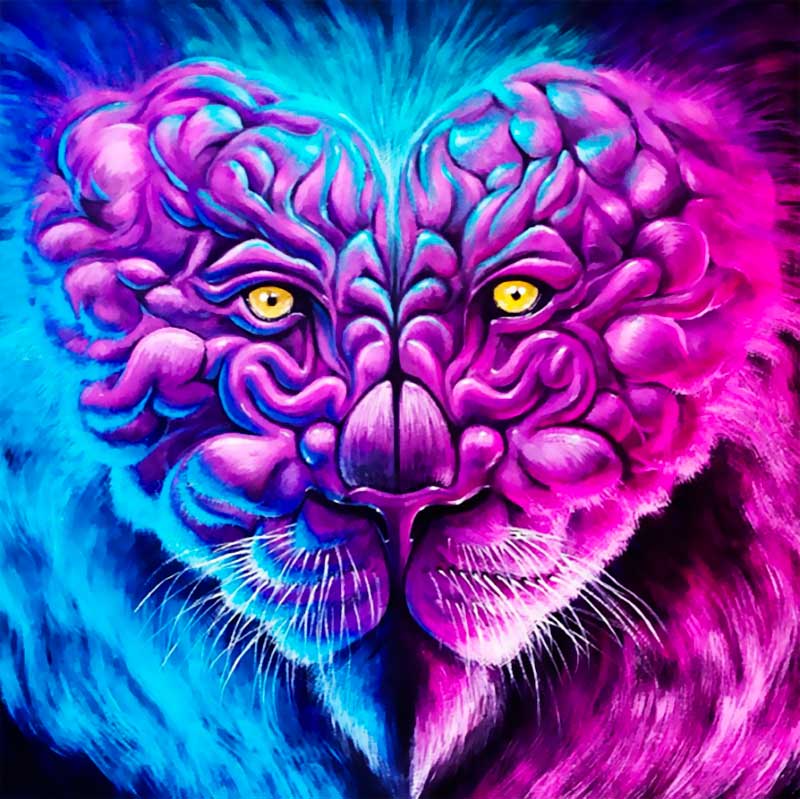

“Formosan Forms” – Taiwan, 2018


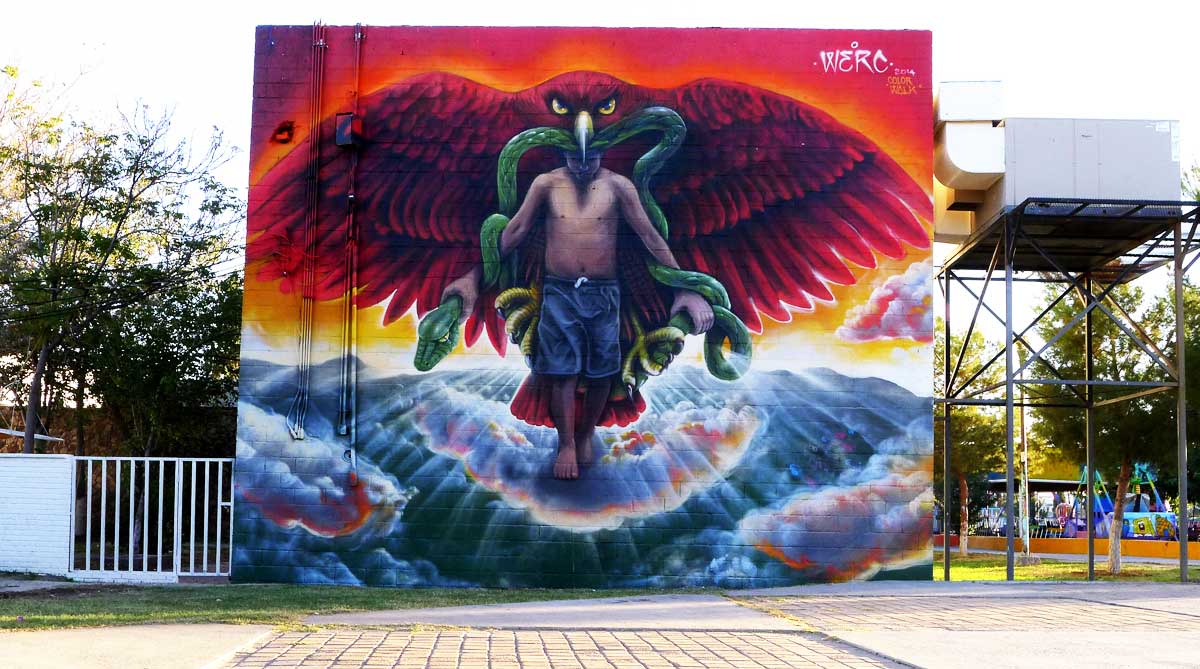




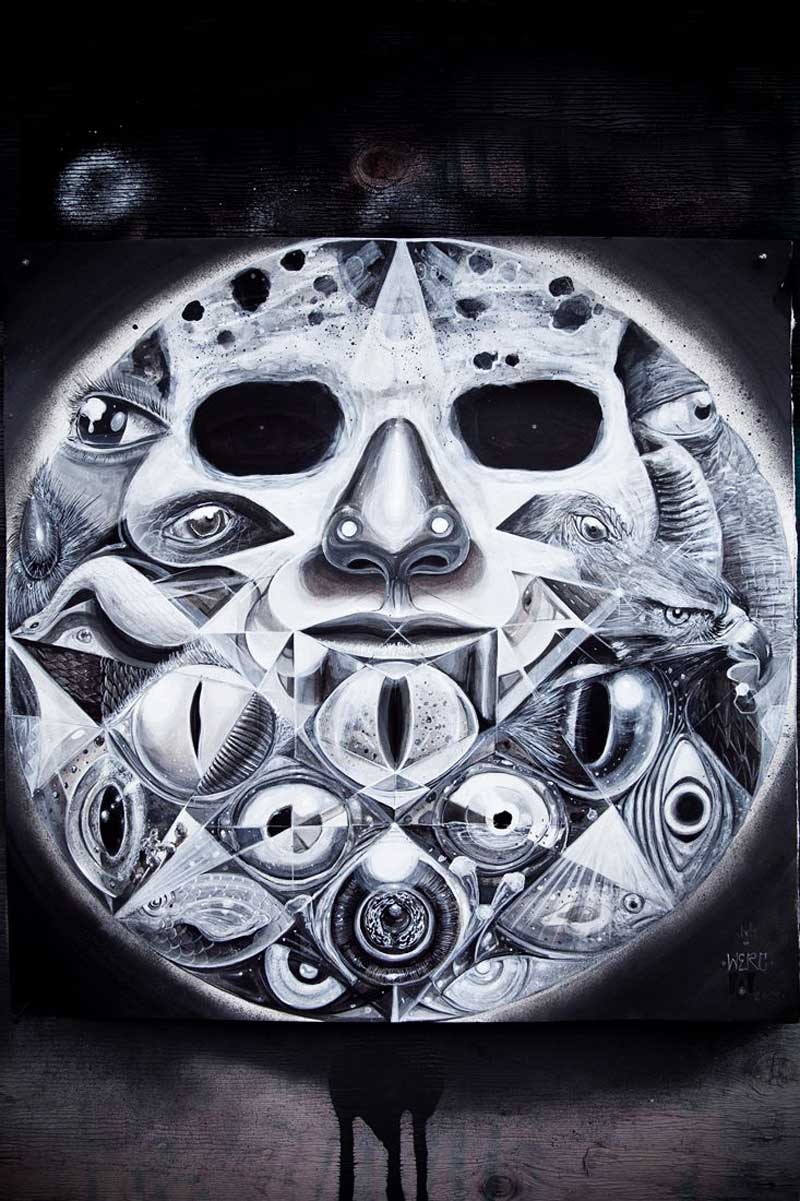


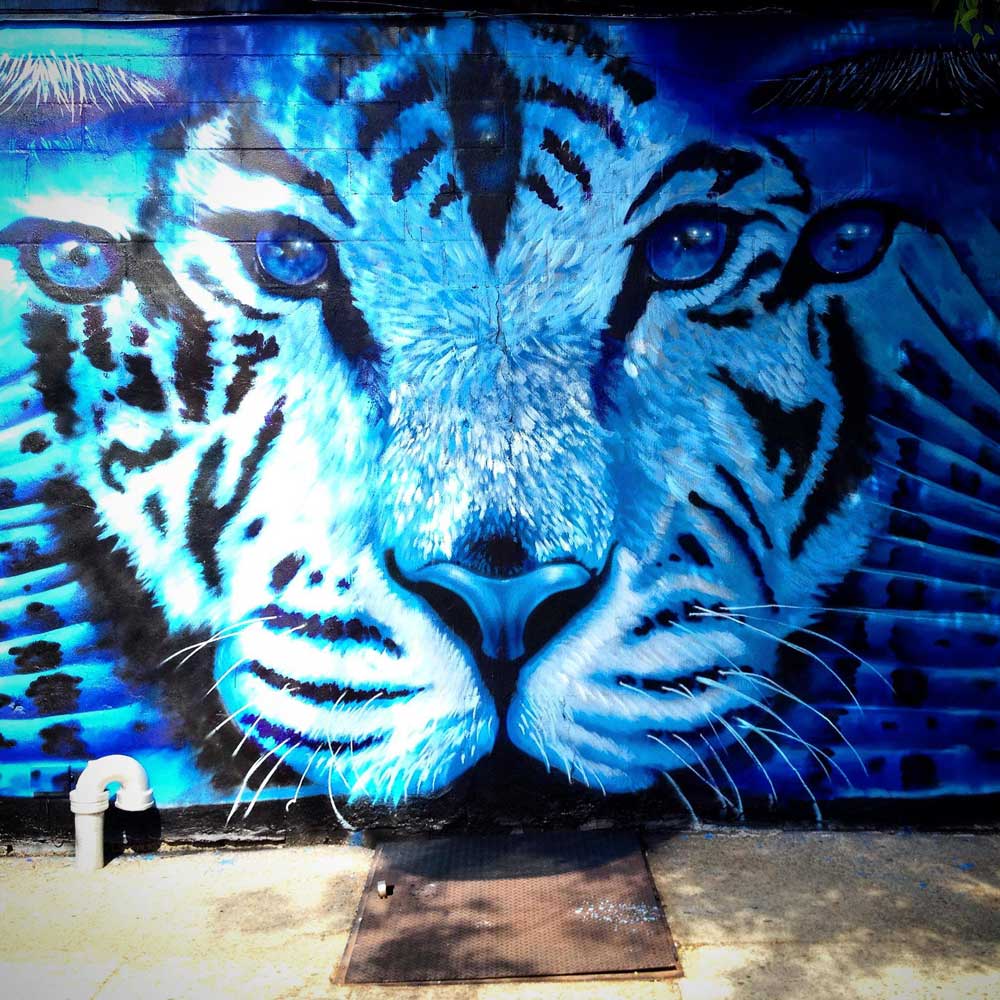

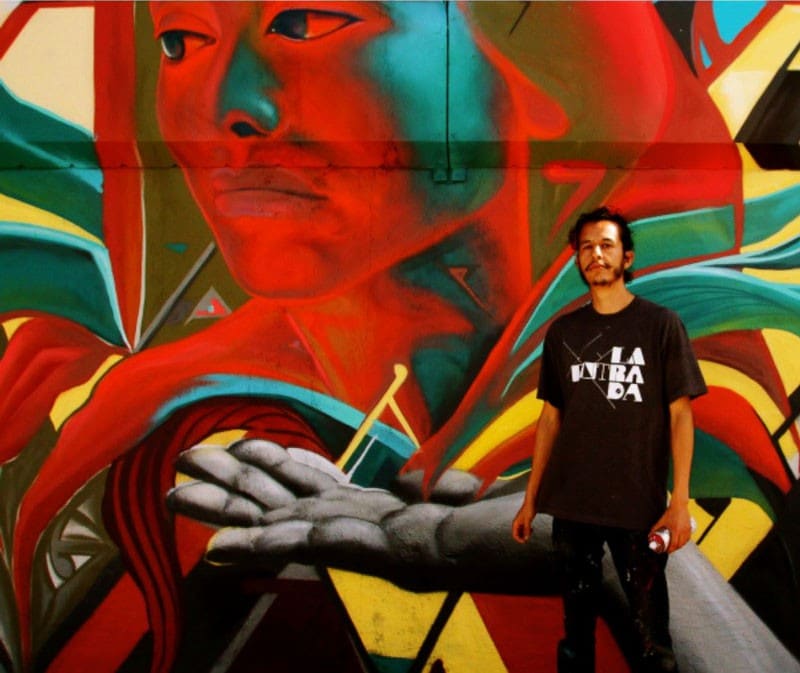
Sources:
– WERC official website: World Wide Werc
– GeraLuz official website
If you are into Street art, you can visit our list of Street Art Quotes.
Last Updates:
– March 2025: new images and text reworked
– The original article was written in March 2016
